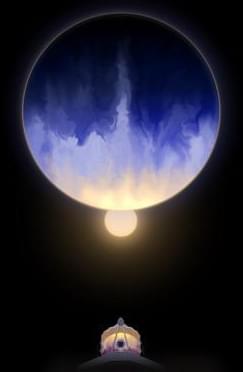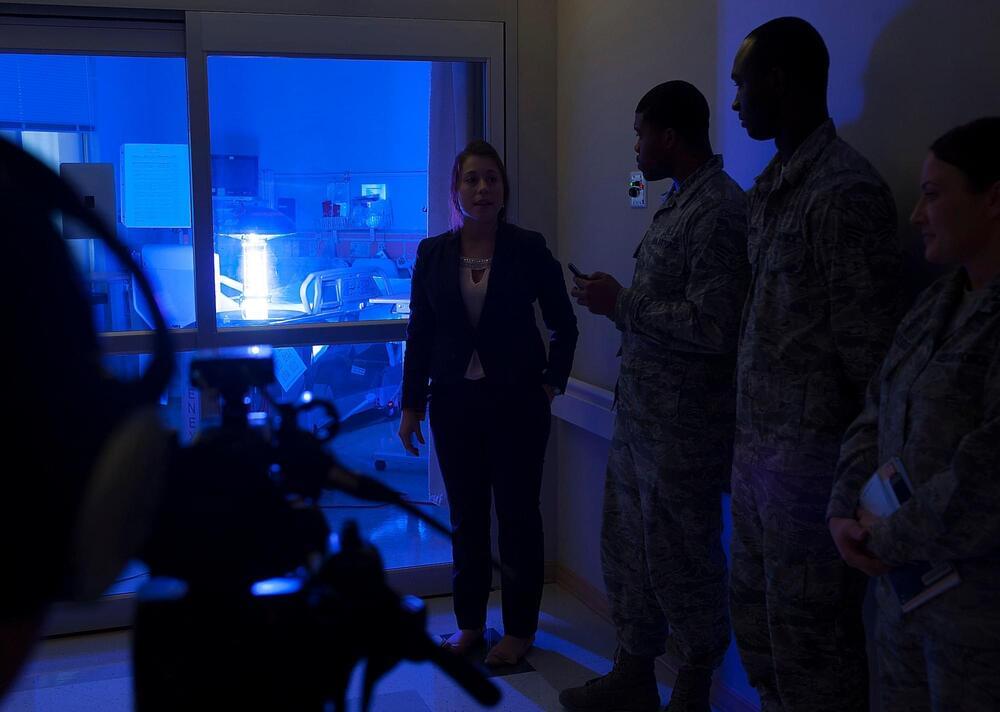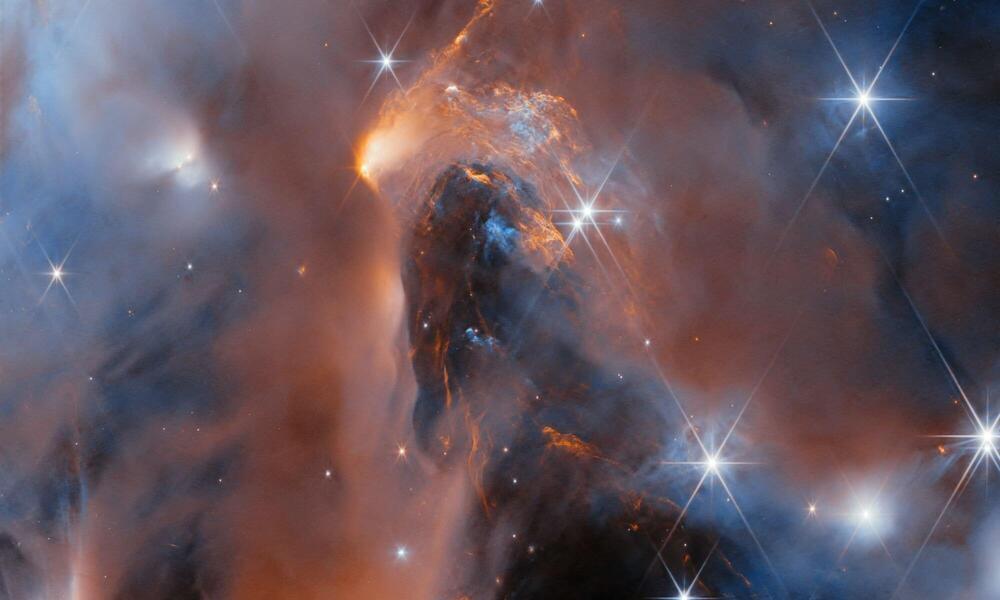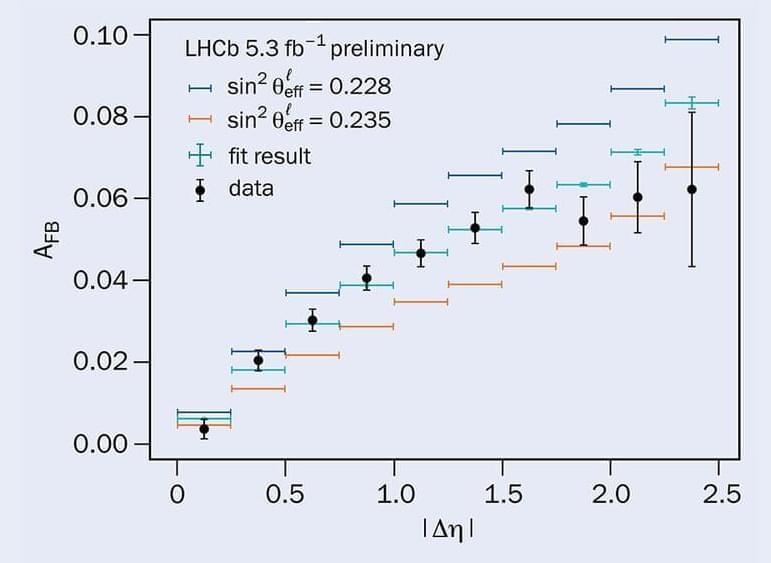At the International Conference on High-Energy Physics in Prague in July, the LHCb collaboration presented an updated measurement of the weak mixing angle using the data collected at the experiment between 2016 and 2018. The measurement benefits from the unique forward coverage of the LHCb detector.
The success of electroweak theory in describing a wide range of measurements at different experiments is one of the crowning achievements of the Standard Model ℠ of particle physics. It explains electroweak phenomena using a small number of free parameters, allowing precise measurements of different quantities to be compared to each other. This facilitates powerful indirect searches for beyond-the-SM physics. Discrepancies between measurements might imply that new physics influences one process but not another, and global analyses of high-precision electroweak measurements are sensitive to the presence of new particles at multi-TeV scales. In 2022 the entire field was excited by a measurement of the W-boson mass that is significantly larger than the value predicted within these global analyses by the CDF collaboration, heightening interest in electroweak measurements.
The weak mixing angle is at the centre of electroweak physics. It describes the mixing of the U and SU fields, determines couplings of the Z boson, and can also be directly related to the ratio of the W and Z boson masses. Excitingly, the two most precise measurements to date, from LEP and SLD, are in significant tension. This raises the prospect of non-SM particles potentially influencing one of these measurements, since the weak mixing angle, as a fundamental parameter of nature, should otherwise be the same no matter how it is measured. There is therefore a major programme measuring the weak mixing angle at hadron colliders, with important contributions from CDF, D 0, ATLAS, CMS and LHCb.








